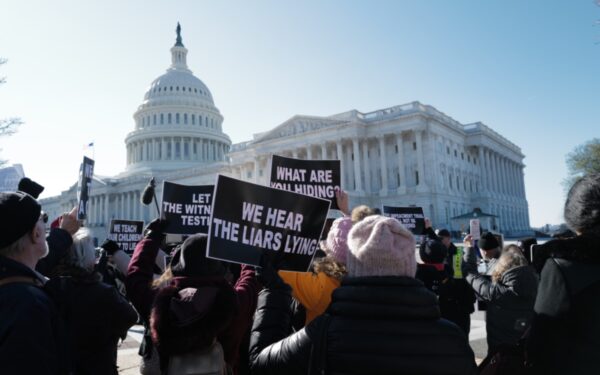Is it possible to outlaw a shape?
On the face of it, the notion sounds absurd. How could you decide that, say, an oblong is illegal if it has the wrong proportions? Yet this is really the issue at the heart of the current debate over the publication of plans for 3D printed guns. And it’s come to a flashpoint – today it emerged that a U.S. firm are circumventing a federal court ban by selling the plans on flash drives.
If one to really drill down to the essentials, the question would be: how would you outlaw a digital file that contains a series of numbers which represent points in 3D space? That file is, in itself, harmless. The shapes described by the file are also harmless and many might even be very familiar to you. When, for example, does a file describing the shape of a simple hollow cylinder become the plans for a gun barrel? When does a triangle become a trigger? When does a cone become a firing pin? We could go on, breaking down the constituent parts of a gun into their primary shapes.
That, admittedly, reduces the problem to a state of absurdity but so much of this debate makes little sense. Ignore the fact that it’s almost impossible to “ban” any file once it exists on the dark web. Much of the media storm surrounding the issue is just the frenzy that’s to be expected whenever people imagine the very worst of a technology they don’t fully understand. 3D printing technology was always going to reach this point and the only surprise is that it has taken this long to get to the courts. The plans to make printed guns have been around since 2013, when Cody Wilson, then a 25-year-old law student, first demonstrated his one-shot fully-plastic pistol. They have already been shared many thousands of times.
The difficulty the courts now face would be far less difficult, if it were not surrounded by considerable emotion. It is exceedingly hard — if not impossible — to outlaw these files, describing mere shapes, but courts are also loath to legalize something that sounds as blatantly worrying as “3D printed guns”. Yet, really, what we now face is a situation that should be familiar. Guns have been manufactured by individuals from the very beginning and, even in the age of the big manufacturers, lone gunsmiths continue to make weapons under careful license. The only difference is that we now face a new cottage industry where people require little expertise and would operate without government oversight. What would that really amount to?
The impact in countries with strong gun laws will be minimal. Even if it’s possible to make a gun, the difficulty would still remain in obtaining ammunition, specifically the combustible component. And if you could obtain ammunition on the black market, through that same black market you would be able to source a gun that’s far better than anything that can be printed. In America, the issue is slightly more involved due to the availability of ammunition but the essentials are the same. Gun manufacture, ownership, and use would still be illegal and liable to considerable punishment.
Where concerns are justified is if this new technology were to outstrip the old. This, then, becomes a matter of precedent. The first generation of 3D guns might be less effective than guns available to buy legally (most only shoot one round, for example, if they don’t explode) but there’s nothing to suggest that processes won’t improve. Plastic guns can already avoid detection by traditional security measures and are also untraceable. We can also expect their power, capacity, and accuracy to increase as an enthusiastic “homebrew” community begins the iterative development process. Again, this becomes another facet of the arguments around Second Amendment rights in the U.S. and gun control elsewhere. Home-printed guns are no different to the use of bump stocks which are themselves easily printed but now increasingly illegal.
And that is why the problem folds into current legislation. An illegally held gun is an illegally held gun, irrespective of how it was made. Hysteria would only be justified if home-printed percussion caps or gunpowder were ever a reality but, by that time, 3D printing technology would itself be so advanced as to require proper restriction. For the moment, all this remains academic and with all the best intentions in the world, it would very hard to outlaw a shape, since, well it’s just a shape.



